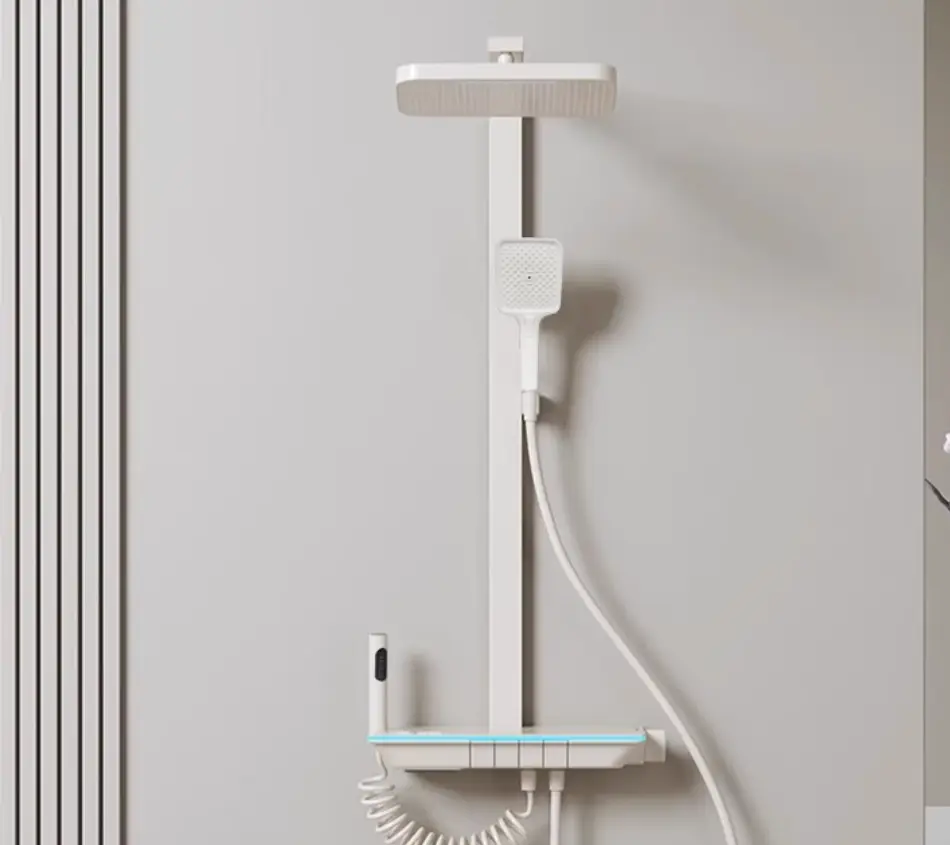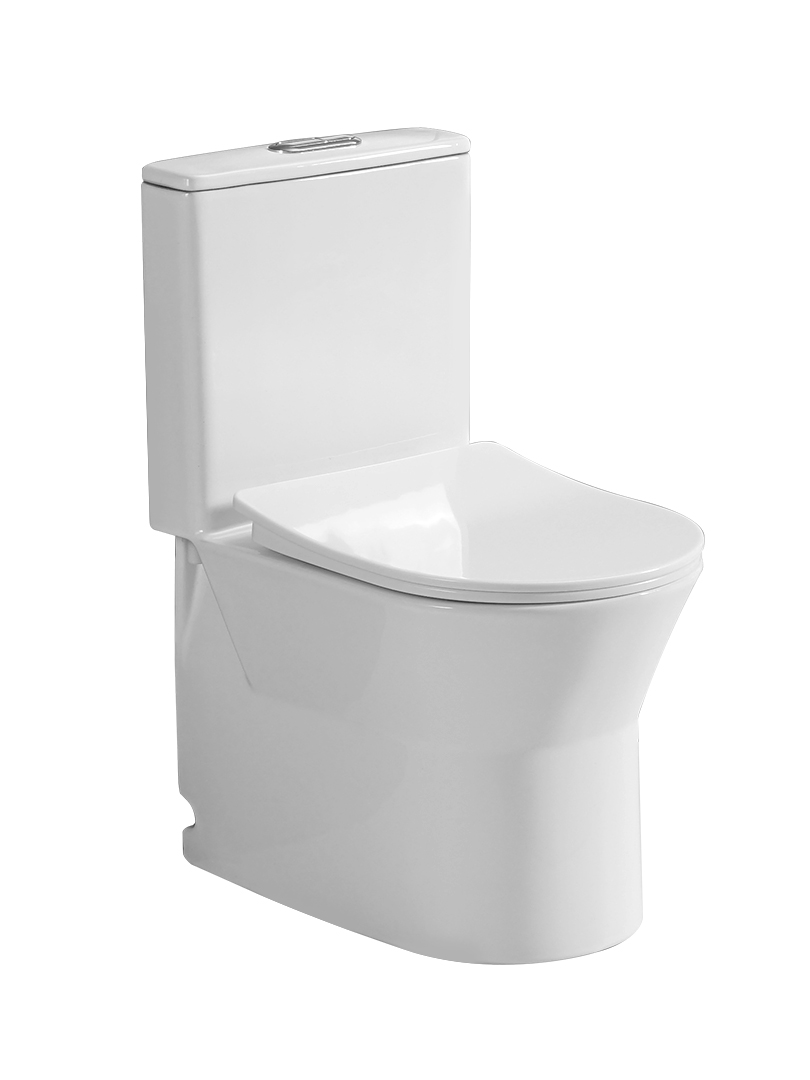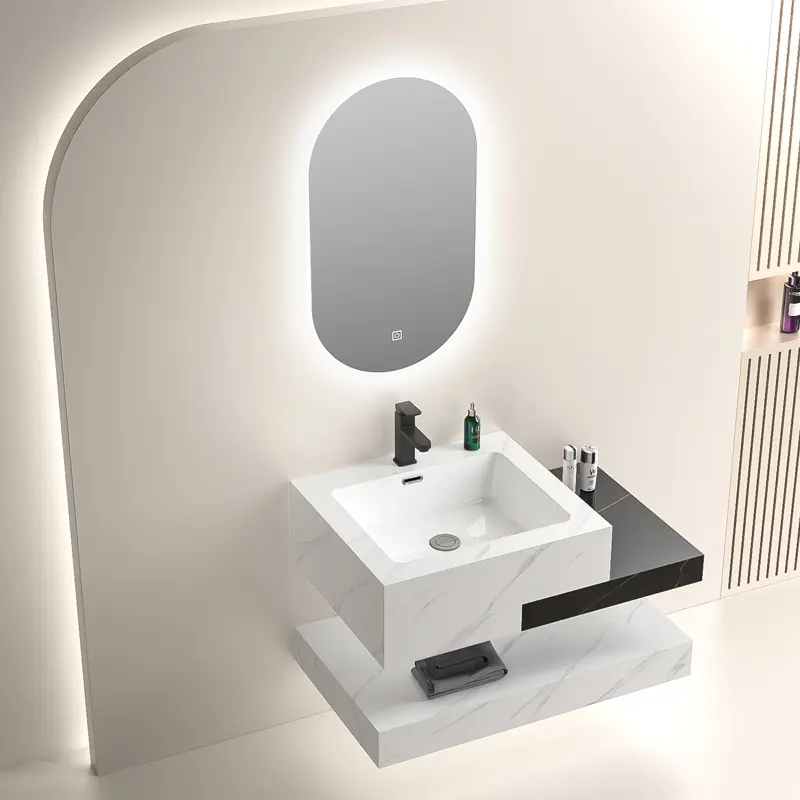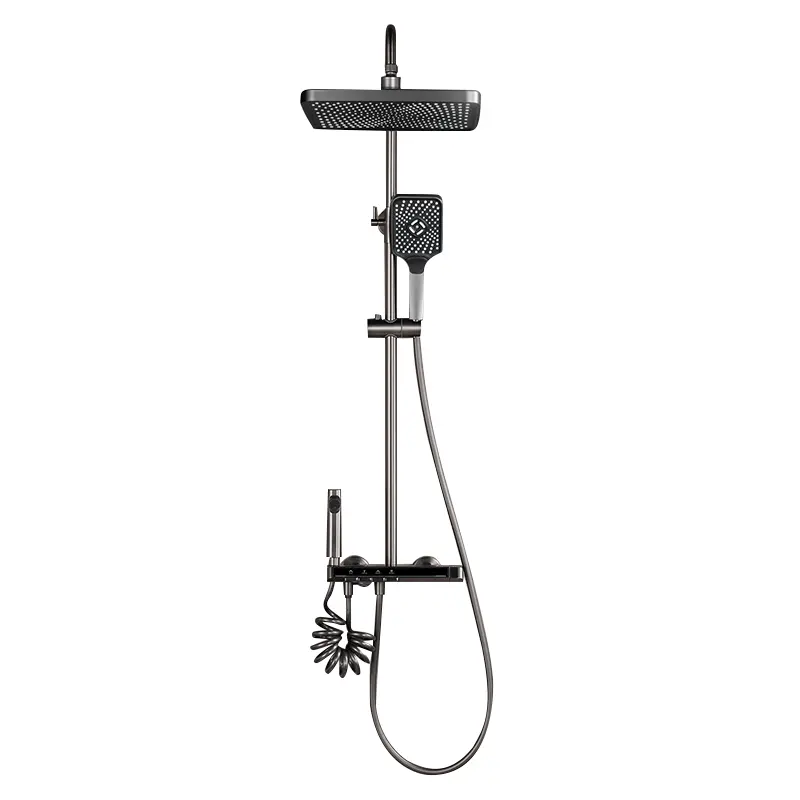Why does China still use squatting toilets?
In China, Squatting Toilets Persist for a Variety of Reasons.
In China, the sight of squatting toilets remains widespread, leaving many foreigners perplexed. Why, in a rapidly modernizing nation, do these seemingly old - fashioned facilities still hold their ground? The answer lies in a complex interplay of cultural, hygienic, economic, and practical factors.
Culturally, squatting toilets have deep - rooted historical origins. For centuries, the squatting posture has been the norm for defecation in China. This traditional way of using the toilet has been passed down through generations, becoming an ingrained part of the Chinese way of life. Even today, many elderly people, especially those from rural areas, find squatting toilets more familiar and comfortable, as they have grown up using them. It's not just a matter of physical comfort but also a psychological connection to their past and the way of life they are accustomed to. 
Hygiene is another crucial factor. In public restrooms, the concern of cross - contamination is ever - present. Squatting toilets offer a distinct advantage in this regard. Since users do not come into direct contact with the toilet bowl, the risk of contracting diseases such as skin infections, sexually transmitted diseases, and other germs is significantly reduced. This is particularly important in high - traffic areas like train stations, bus terminals, and public parks, where hundreds or even thousands of people may use the facilities daily. In contrast, sitting toilets in public places often raise concerns about the cleanliness of the seat, leading some users to resort to uncomfortable half - squatting positions or to lay toilet paper on the seat, which can be wasteful and may not always be effective in preventing contact with germs.
Economically, squatting toilets are a more cost - effective option. They are generally cheaper to purchase and install compared to their sitting counterparts. The manufacturing process for squatting toilets is relatively simpler, requiring less material and fewer complex components. Additionally, maintenance costs are lower. Squatting toilets have fewer moving parts, reducing the likelihood of mechanical failures that often plague modern, high - tech sitting toilets. In rural areas or regions with limited financial resources, the cost - effectiveness of squatting toilets makes them the preferred choice for both public and private construction. 
Practically, squatting toilets are more suitable for certain physical conditions. For example, people with mobility issues, such as the elderly or those recovering from knee or hip surgeries, may find it difficult to sit and stand up from a sitting toilet. Squatting toilets, on the other hand, allow for a more natural and stable posture for many individuals, especially those with stronger leg muscles. Also, in areas with poor sewage systems, squatting toilets can be more easily connected to basic drainage setups, as they do not require the same level of complex plumbing as sitting toilets. However, it's important to note that China is not stuck in the past when it comes to toilet facilities.
In recent years, with the implementation of the "Toilet Revolution," there has been a significant push to upgrade and modernize public restrooms across the country. In many urban areas, high - end public toilets equipped with a combination of squatting and sitting toilets, as well as modern amenities like automatic flushing systems, hand - dryers, and even air - conditioning, have become increasingly common. These new facilities aim to meet the diverse needs of different users, including both those who prefer squatting toilets and those who are more accustomed to sitting toilets. In conclusion, while China continues to embrace modernization and Western - style amenities, the squatting toilet remains a fixture in the country due to its cultural significance, hygienic benefits, economic advantages, and practicality. As the nation moves forward, the coexistence of different types of toilets is a testament to China's ability to balance tradition with progress, ensuring that the needs of all its people are met.










